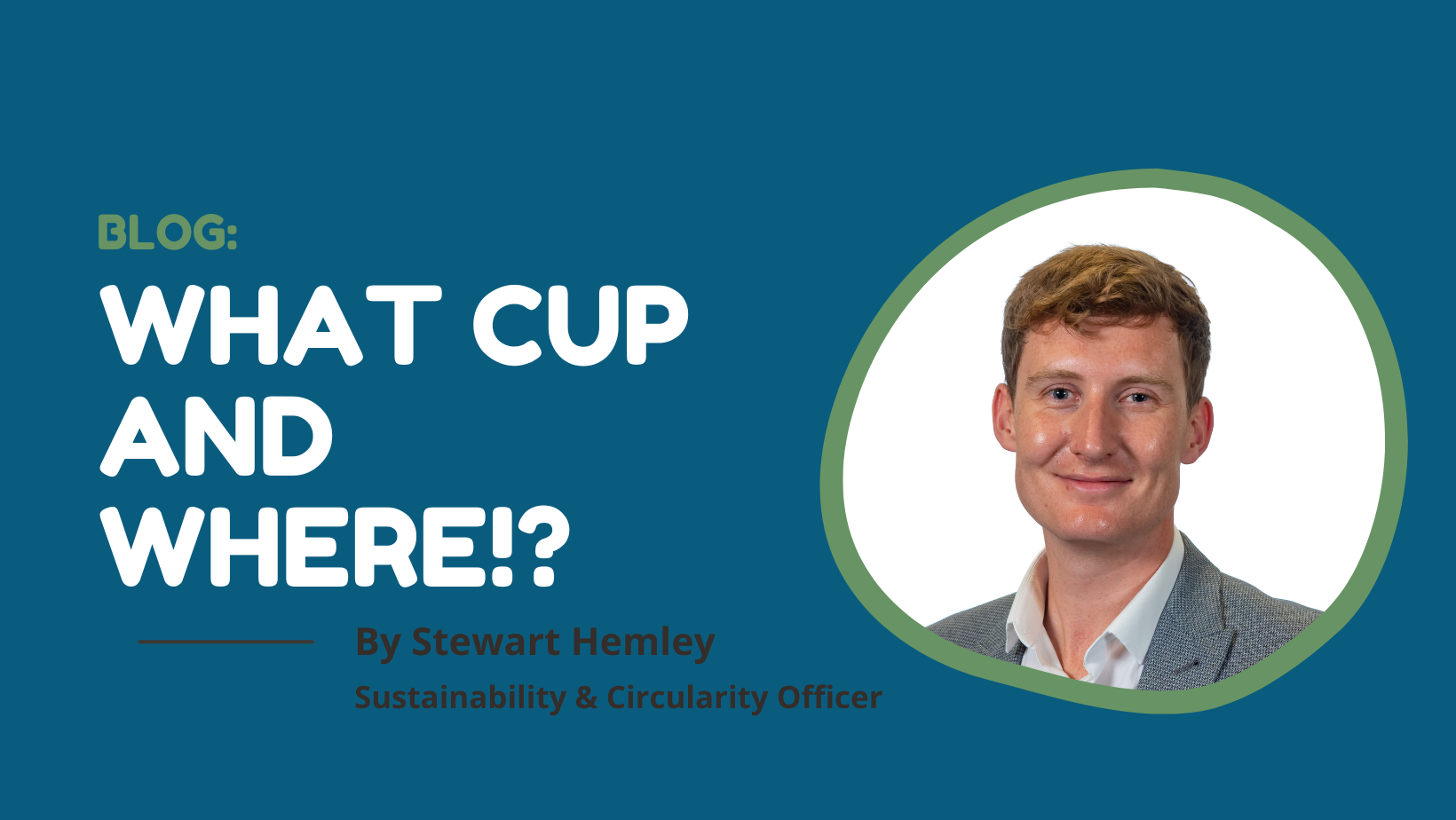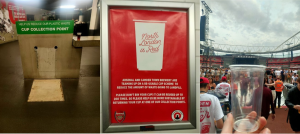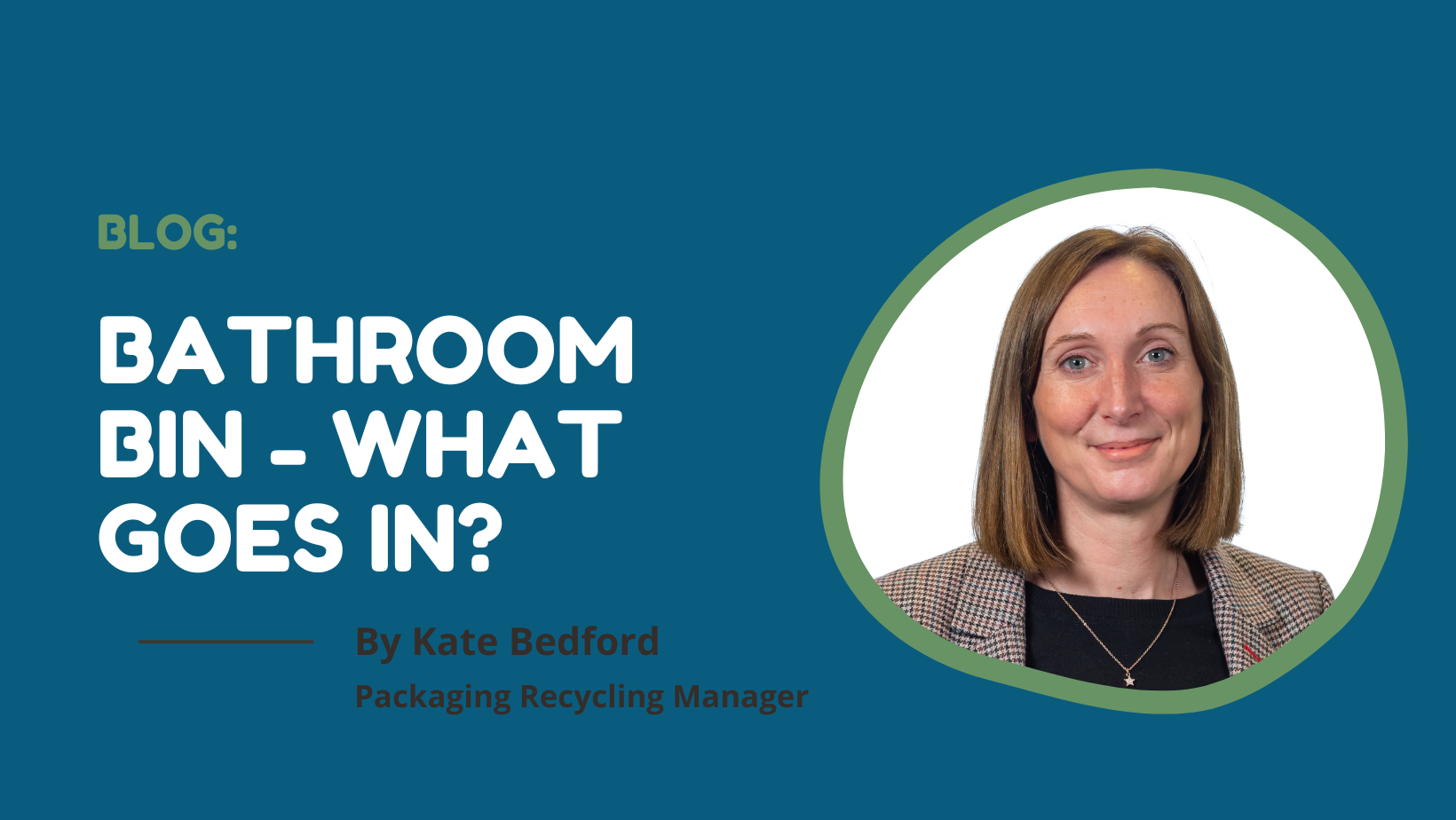South Kesteven District Council Shocks Residents With New Recycling Bin, Otherwise Known as The “Purple-Lidded Bin”.
South Kesteven District Council Shocks Residents With New Recycling Bin, Otherwise Known as The “Purple-Lidded Bin”.
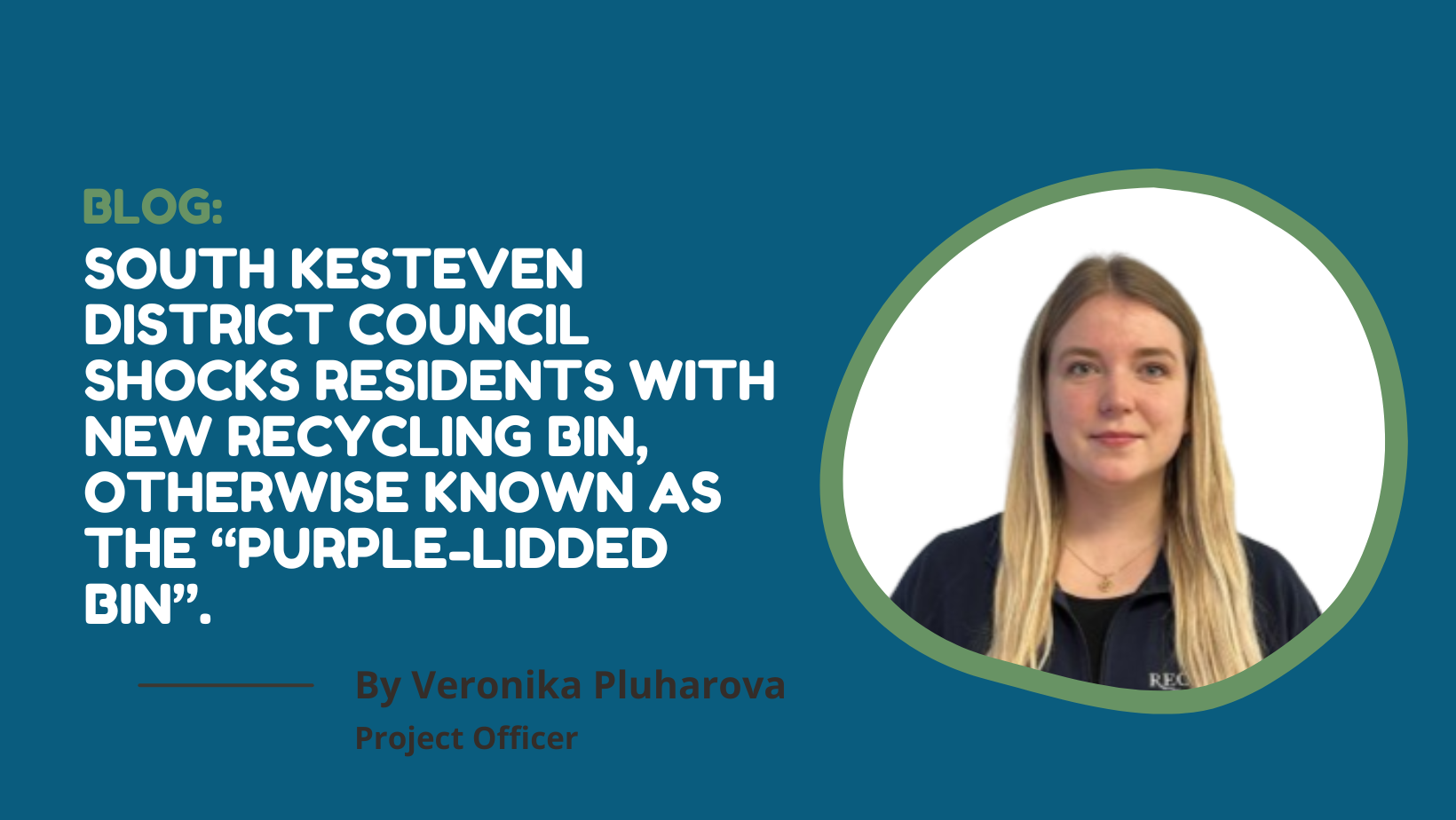
Bourne, situated in South Lincolnshire with a growing population that is now 18,000, used to have three bins for kerbside collection. As for the whole South Kesteven District Council (SKDC), these were: Black for general waste, silver for co-mingled recycling materials, and an optional green for garden waste at an extra cost. In February 2024, the council introduced another bin for its households, exclusively for paper and card, called the “purple-lidded bin”. This change was supposed to improve the way paper gets recycled and save approximately “five million trees each year”, according to the council’s website. Sounds like a great idea, right? Some SKDC residents did not think so.
Upon receiving the initial letter back in December 2023 informing us about the change, it was clear that should we get this wrong, our bins will not be emptied. Some saw this to be a bit of a harsh approach, nonetheless, some chose to ignore the warning. The letter stated some of the benefits that this change would bring, however, not enough to get full public buy in, which is crucial, because it is the public that the council is relying on to get this right. In the council’s defence, Bourne residents have had plenty of warning that the change was about to happen, so it should not have been a shock to them.
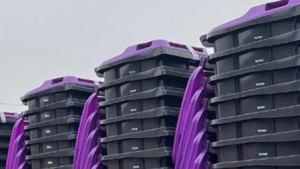
One of the most obvious benefits of separating waste is making sure that as much material gets collected for recycling as possible. With the council stating on their website that the “average family throwing away around 6 trees worth of paper every year”, if we improve our recycling methods, we can conserve natural resources and forest habitats – and I don’t need to explain why those are important! But instead, the council got blamed with phrases like “wasting taxpayers’ money” and “filling their own pockets”, according to Facebook comments. I believe it is more of a cost saving method rather than generating revenue, but even so, if this method can be financially viable and environmentally responsible, why wouldn’t we do our utmost to make this possible?
For about a month after the launch of the purple-lidded bin, there was not a day where a post about it would not appear on local Facebook pages – and there are still new ones appearing to this date. It mentioned householders complaining about lack of space due to having another bin (4th in some cases). The second negative outlook on social media was raised when we learnt that the recycling bin should have loose recycled items inside without the bin liner. SKDC says that this has always been the case, but to be fair, I did not know this? Nonetheless, because I always recycled, neither of these changes have affected me; in fact, I welcomed the change because I do not have to worry about buying the white bin liners anymore! The weather however is not always on the councils’ side with heavy winds and storms on the silver bin collection day – it is safe to say that plastic waste was scattered and blown around the streets of Bourne. Of course, residents made sure that this did not go unnoticed and fuelled the recycling bin Facebook negativity even further.
SKDC have followed up with their warning about not emptying bins that are contaminated and subsequently noted on their website that they have “left 9,000 bins unemptied”. The public responded again, with some residents warning the council that they will be placing all their recyclables into the general waste bin; which is super counterproductive and the complete opposite to what the authority is trying to achieve. What topped it off was the residents’ aggression towards bin collectors, that has followed on the day that bins did not get emptied. This has triggered some bad publicity, but what shocked me the most is the fact that Michael Gove told SKDC to apologise to their residents and go ahead with collecting the same, contaminated bins. I think the question that remains is; apologise for what? For people not following recycling procedures correctly? Would this type of response from the council suggest that future abuse towards council members of staff is acceptable?
Who is to blame for this chaos? A lot of the public posts suggested that the general lack of trust is to blame. SKDC’s website promises a member of staff walking with the bin crews to chat to householders on collections days and advise on putting the “Right Thing in the Right Bin”. I am yet to see this happen. Another contributing factor could be the current cost of living crisis. With the council tax rates going up, is the financial blame game assumption just an expression of public frustration? Many other neighbouring councils acquired purple – lidded bins before South Kesteven, so why have our residents reacted in such a way?
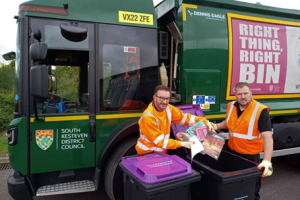 I personally found the purple – lidded bin a welcoming change. It should not affect overall spaces in the recycling bin as we are separating cardboard from the remaining recyclable materials. There were so many of us that were recycling wrong for such a long period of time, without any consequences; to have someone tell us how to do it correctly and introduce a punishment to go with it, was a situation that many could not handle. I applaud the council for trying to recycle better, however it is not enough to send one letter and add an article on a website. It was not just residents that were getting it wrong all these years. Council is as much to blame for ignoring contaminated bins in the past and therefore, should have taken more care into educating residents first. Be that as it may, I do not condone any violence against the poor bin men that were merely following orders.
I personally found the purple – lidded bin a welcoming change. It should not affect overall spaces in the recycling bin as we are separating cardboard from the remaining recyclable materials. There were so many of us that were recycling wrong for such a long period of time, without any consequences; to have someone tell us how to do it correctly and introduce a punishment to go with it, was a situation that many could not handle. I applaud the council for trying to recycle better, however it is not enough to send one letter and add an article on a website. It was not just residents that were getting it wrong all these years. Council is as much to blame for ignoring contaminated bins in the past and therefore, should have taken more care into educating residents first. Be that as it may, I do not condone any violence against the poor bin men that were merely following orders.
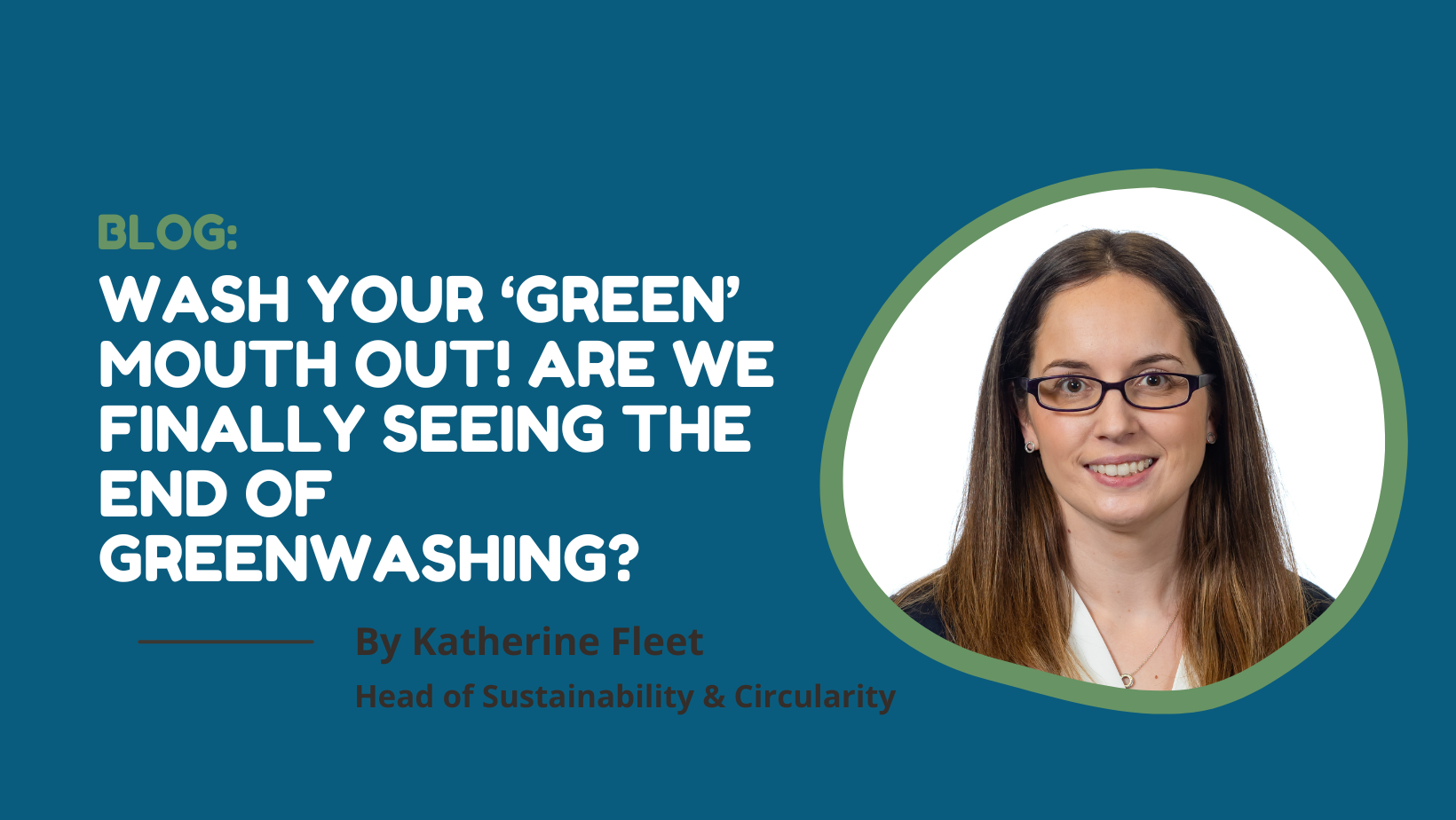

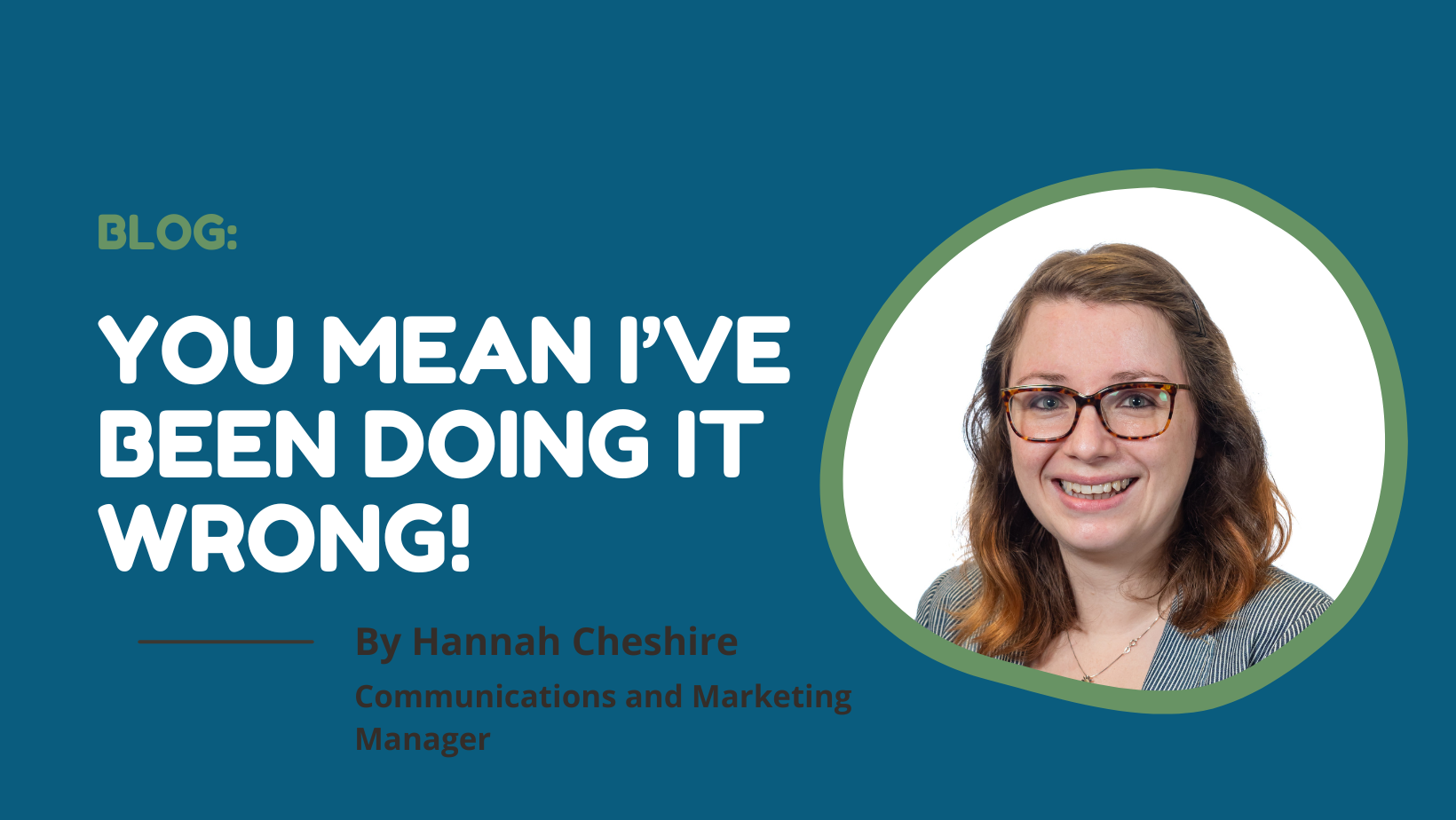
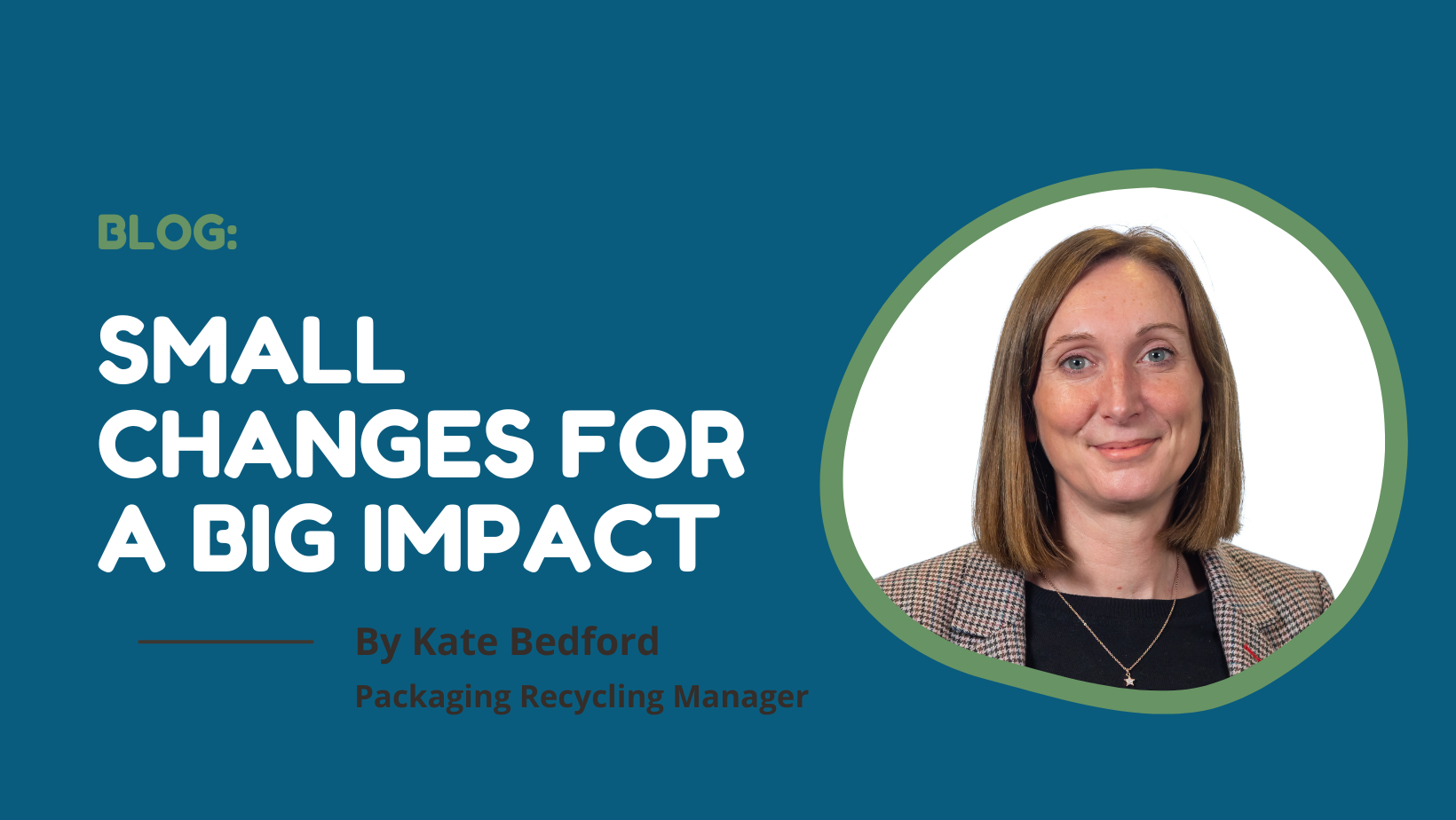
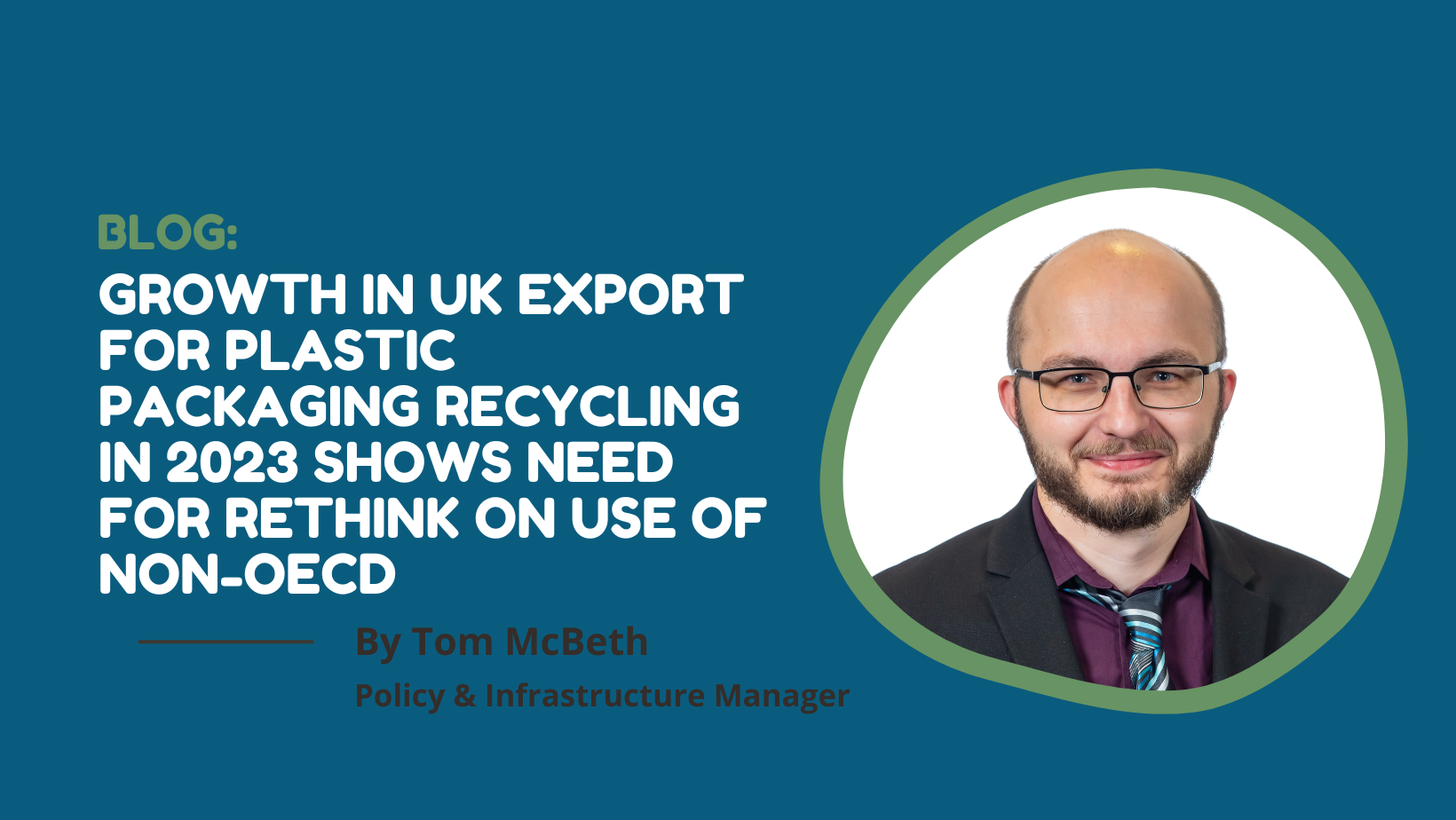
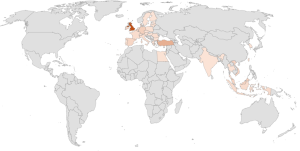 A map showing the receiving destinations of plastic waste from England for recycling.
A map showing the receiving destinations of plastic waste from England for recycling.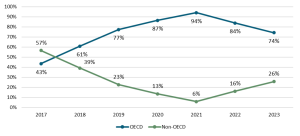 Split of plastic packaging exported for recycling by receiving country’s OECD or non-OECD status.
Split of plastic packaging exported for recycling by receiving country’s OECD or non-OECD status.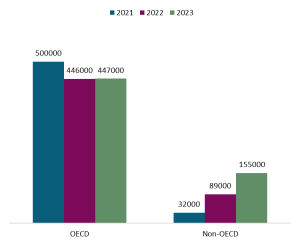 Comparison of export to OECD and Non-OECD countries between 2021, 2022 and 2023.
Comparison of export to OECD and Non-OECD countries between 2021, 2022 and 2023.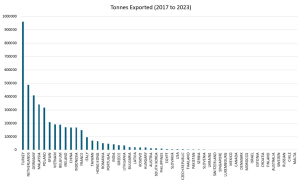 Graph showing the total tonnages of plastic sent to countries for recycling 2017 to 2023.
Graph showing the total tonnages of plastic sent to countries for recycling 2017 to 2023.